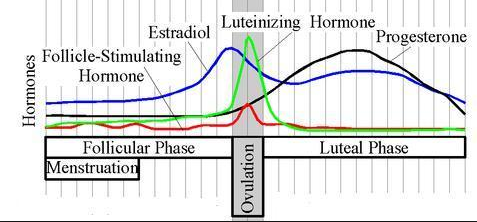Difference Between Rheometer And Viscometer
What Is A Rheometer? A Rheometer is a laboratory instrument used to measure the way in which a liquid, suspension or slurry flows in response to applied forces. It is used for those fluids which cannot be defined by a single value of viscosity and therefore require more parameters to be set and measured. Types … Read more
